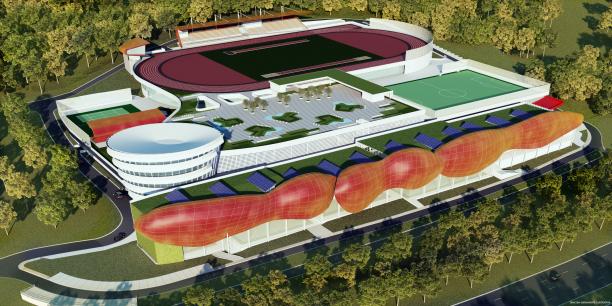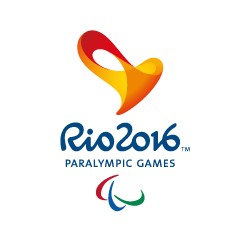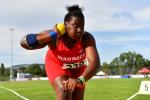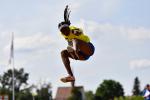No. 43: Brazil aims high for 2016 with new training centre
19.11.2013The start of construction for Brazil’s new Paralympic Training Centre highlighted a host of events this year in the lead-up to the Rio 2016 Games.
 The Brazilian Paralympic Training Centre is part of wider plans that will see approximately EUR 324.5 million invested in Brazilian sports between now and the Rio 2016 Olympic and Paralympic Games.
© • Brazilian NPC
The Brazilian Paralympic Training Centre is part of wider plans that will see approximately EUR 324.5 million invested in Brazilian sports between now and the Rio 2016 Olympic and Paralympic Games.
© • Brazilian NPC
“Investment in Brazilian Paralympic sport has been growing steadily and the Brazilian Paralympic Committee is handling this very well. Each year, its infrastructure improves, giving athletes more confidence.”
In January 2013, Brazil’s National Paralympic Committee announced it will construct the country’s first-ever Paralympic Training Centre prior to the Rio 2016 Games.
Construction began soon after the announcement for this pioneer project, which will be built in Sao Paulo’s Parque Fontes do Ipiranga, and is part of the Brazil Medals Plan, a project of the Ministry of Sports that will invest an additional BRL 1 billion (or EUR 324.5 million) in Brazilian sports between 2013 and 2016.
The training centre is expected to be ready in 2015, and in addition to serving as a preparation location for Rio 2016, it will also be one of the country’s legacies from Games to serve future generations of athletes with an impairment.
Edilson Alves Tubiba, Technical Director of the Brazilian Paralympic Committee, said: “We’ve seeked international references for our training centre in Sao Paulo, interacting with other countries that already have this structure so we can build a site that serves as an example of excellence, as well as the greatest legacy of what Rio 2016 may leave for the Brazilian Paralympic Movement and the Americas.”
After finishing in seventh place in the overall medals table at the London 2012 Paralympics, Brazil are now aiming for a top-five finish in 2016, and they believe the training centre will help push this initiative.
It will house training facilities for 14 Paralympic sports, including: athletics, wheelchair basketball, boccia, swimming, wheelchair fencing, football 5-a-side, football 7-a-side, goalball, powerlifting, judo, wheelchair rugby, wheelchair tennis, table tennis and sitting volleyball.
The centre, for which the contract was signed on 2 August, will also feature lodging facilities with a dining room, laundry services and an administrative department with offices, meeting rooms, auditoriums and other support facilities.
“In recent years, the conditions for Brazilian athletes have great improved,” 10-time Paralympic swimming champion Daniel Dias said earlier this year.
“Investment in Brazilian Paralympic sport has been growing steadily and the Brazilian Paralympic Committee is handling this very well. Each year, its infrastructure improves, giving athletes more confidence.”
Several other major steps were taken in the lead-up to Rio 2016 during the year, including the launch of Paralympic pictograms and the announcement of Rio 2016 medal events and athlete quotas.
The Rio 2016 Paralympic pictograms were recently launched on 7 November, continuing the tradition of each edition of the Games defining the sports on its programme through graphic icons.
During the creative process for the Paralympic pictograms, Rio 2016’s team of designers sought to portray the integration of the athletes’ different impairments with sport in a balanced, natural way, depicting prostheses, blindfolds and other elements.
Facebook cover photos for all the Rio 2016 sport pictograms can be downloaded from the Rio 2016 Facebook app.
Of the total number of athletes set to take part, approximately 1,650 will be women – a 9.9 per cent increase from London 2012 and more than double the 790 who took part in the Atlanta 1996 Games.





















